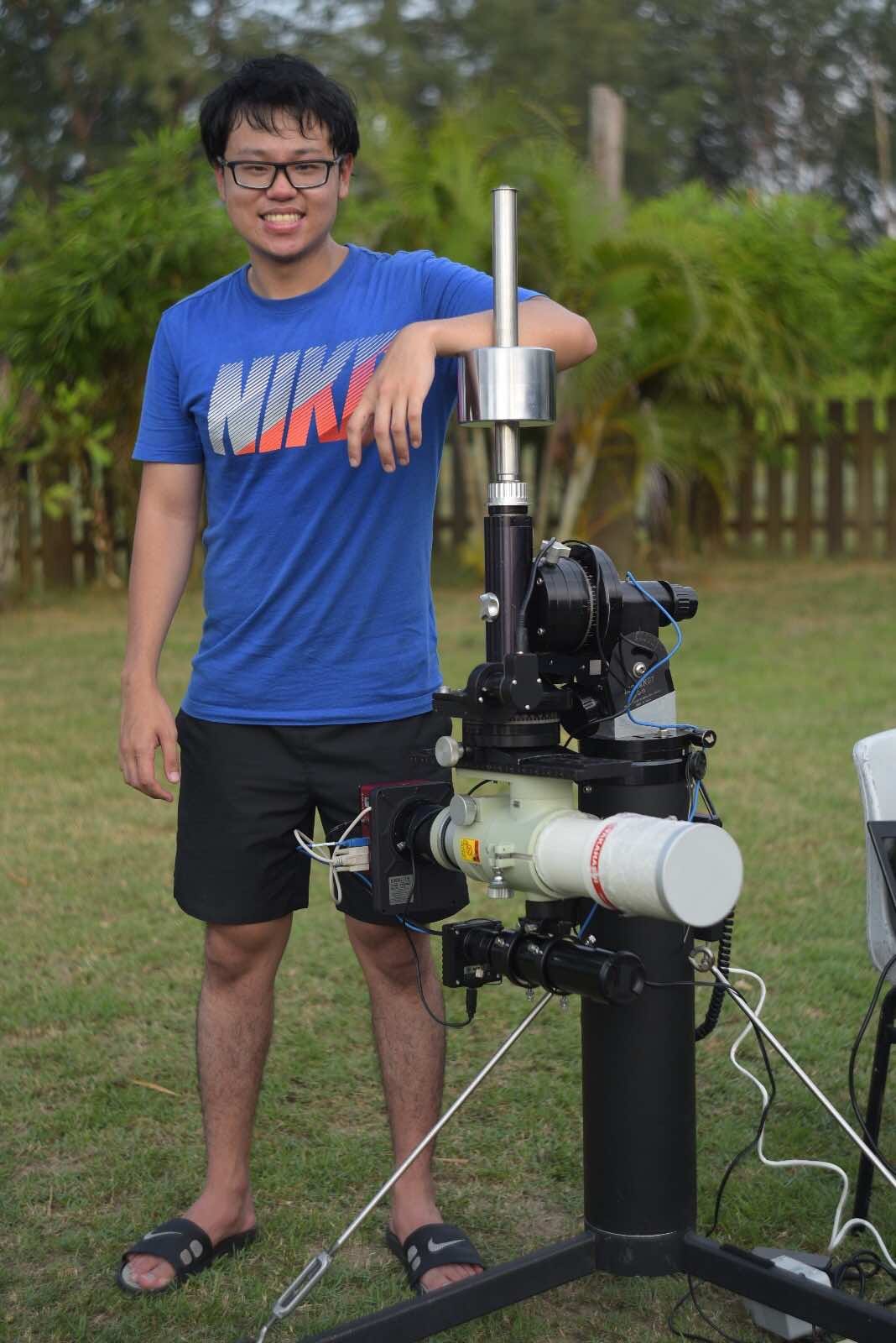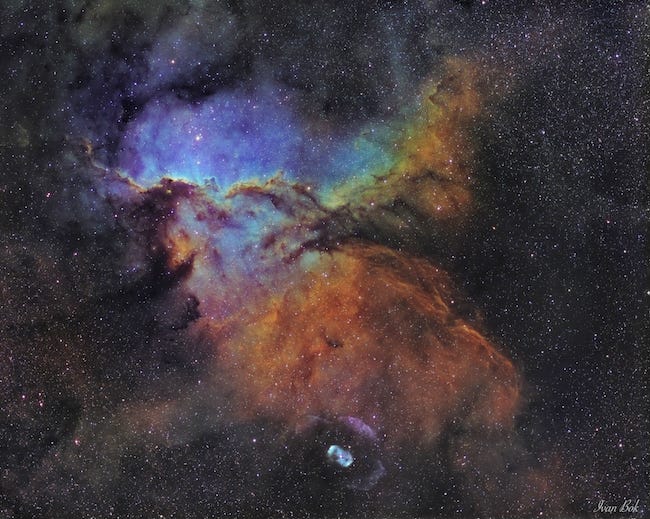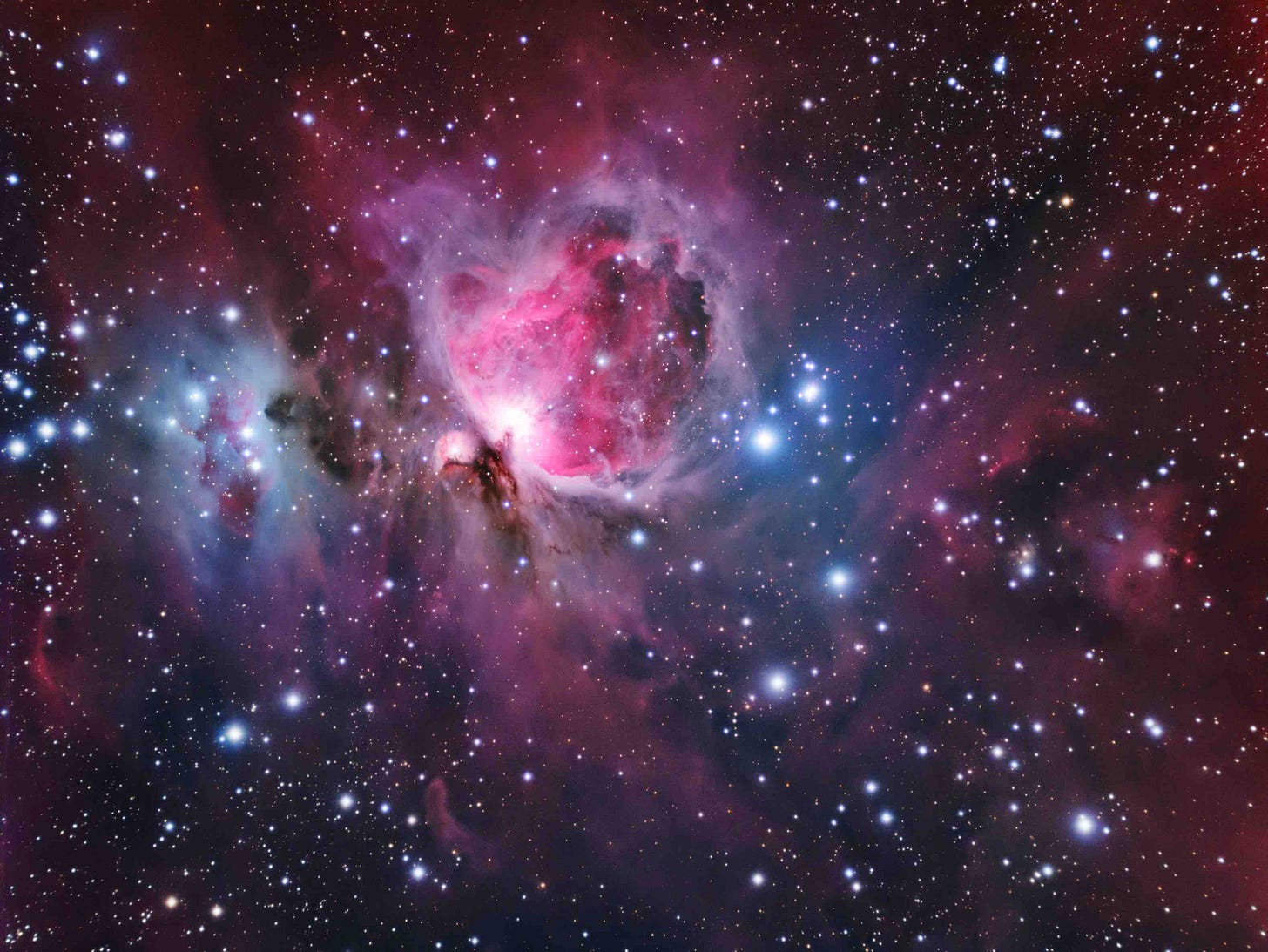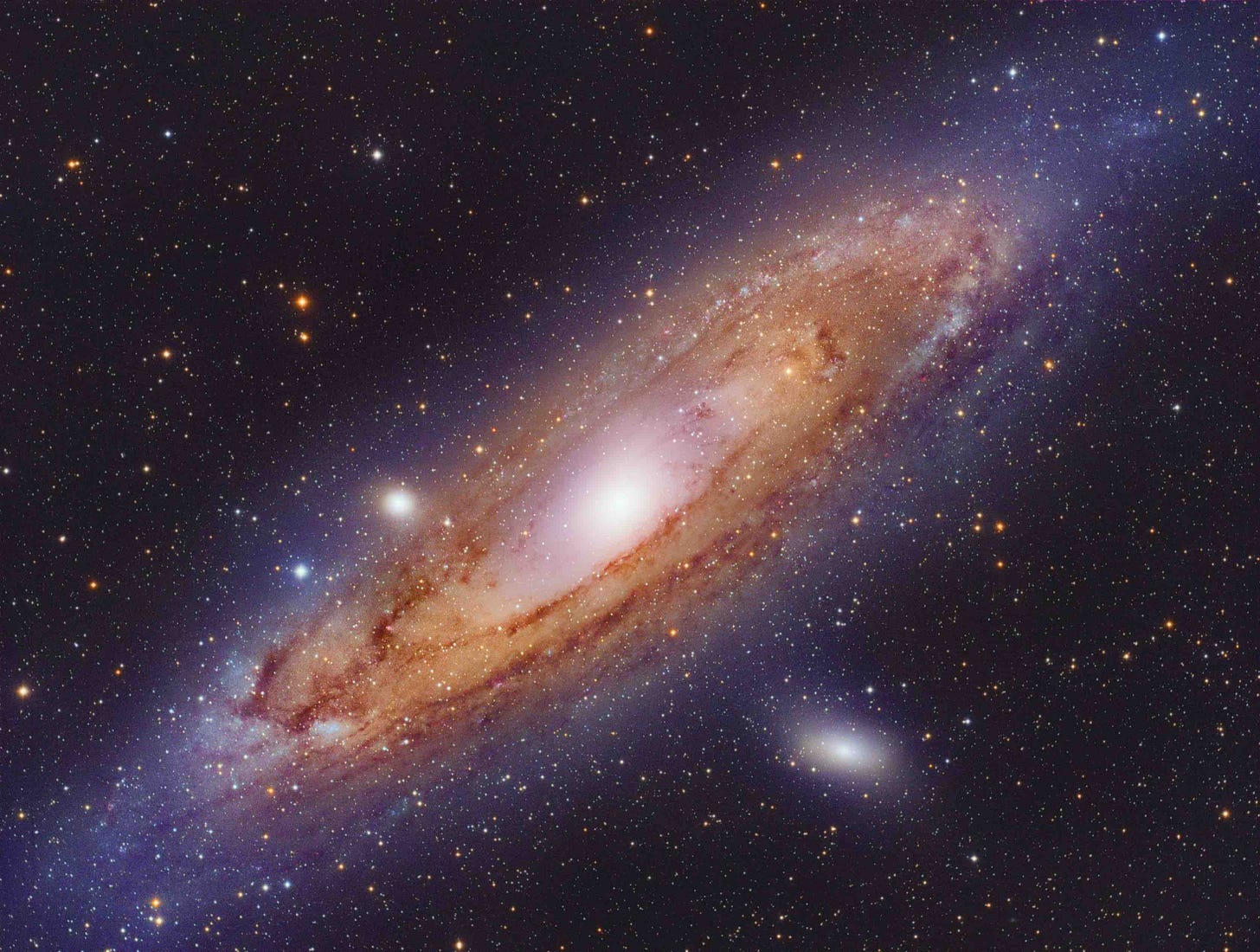Where to go stargazing and how to shoot the night sky
We learn the ropes from astrophotographer Ivan Bok
If there’s one thing I could stare at forever, it would be the night sky. (Well, that and my dogs sleeping.)
The moon, the stars, the inky blackness… the vastness, the potential, the endlessness. Our smallness.
As you can see, it also makes me think and spout nonsense.
Sigh. If only I could find better spots and take decent photos of the stars to remember them by. But I can’t even manage so-so shots of everyday things with my phone.
Luckily, I know someone who can.
Not just decent
Ivan Bok, an astrophotographer based in Singapore, takes amazing and memorable photos of the stars and night sky.
His work has been featured in international astronomy magazines such as Sky & Telescope, and in print at local photography exhibitions. He’s also had an astrophoto awarded third place at the Wikipedia Science Competition in 2017.
Plus he’s the focus of the documentary, Galactic Paint.
Capturing those stunning sights must be pretty cool.
“In general, I’d say that photographs of space bring about a sense of awe and wonder about the beauty of nature,” Ivan says.
“Taking photos of the stars brings about a more personal connection, because you know that the images you’ve captured were created from light that has travelled across the great expanse of deep space. When we look at the sheer number of stars in images that we can’t see with our naked eye, it really gives a sense of how insignificant we are in the grand scheme of things.”
(So I’m not alone in feeling like this. Yay. Okay, moving on.)
“I guess the best part about astrophotography is being able to do things that seem impossible,” Ivan adds.
“Even just a few years ago, I wouldn’t have thought that I would be able to capture photographs of deep space from light-polluted Singapore, or from my own home, for that matter. Even having done astrophotography for over 10 years, I am still ceaselessly amazed by the wonders of the heavens.”
Astronomy and astrophotography according to Ivan
Ivan reveals that he has been into astronomy since primary school, and that he bought his first telescope at age 14 (and shortly stuck a camera to it). He was able to upgrade his equipment steadily by selling his old ones and through part-time work.
His experiences have helped shape the way he now looks at astronomy.
“To me, astronomy is about an awareness of what exists out there,” he relates.
“It may seem unimportant given that what happens in space doesn’t really affect our day-to-day lives, but looking out into the depths of space really gives us a different perspective of who we are and where we came from (considering how the Earth was created by cosmic events happening billions of years in the past).”
We hear his musings about astrophotography too.
“Personally, I am someone who appreciates both art and science, and astrophotography is really the confluence of both,” he continues.
“While the steps needed to capture the images can be quite technical, many decisions made during the processing stage borders on artistic choice as well (in terms of how colours are balanced, or how certain features are enhanced over others).
“To me, astrophotography is also the way I consider myself connecting with the Universe on a personal level.”
Oh, and by the way, the answer is no
No, you can’t just up and take photos of the night sky and expect something truly spectacular to come out every time.
“There’s one big misconception about the way astrophotography is done,” Ivan points out.
“Unlike practically most other forms of photography, astrophotography isn’t just about zooming into the sky and taking a snapshot. Each astroimage requires many days of painstaking work – several hours of setting up a telescope, several hours (or days) of shooting long exposures of the same target, and yet many more hours doing the processing.
“Rather than shooting many shots and simply picking out the best one, as we so often do, astrophotography is a very deliberate and methodical process.”
Then again, we shouldn’t give up
If you’re really passionate about the stars and night sky, Ivan recommends three of his favourite places to admire them and hopefully start your astrophotography journey. So keep going!
#1 Your window
“Over the past few years, I have been doing astrophotography exclusively from my home window. This was also the place that was featured in Galactic Paint,” he states.
“While Singapore is probably one of the worst places to do astronomy, the convenience of shooting from home has allowed me to maximise what I have in terms of time and equipment. This really allowed me to be quite productive despite the light pollution.
“The other, more sentimental reason that this place is significant to me is because it is also the place where I live my life. This alludes to the fact that even when I am going about with my own business in day-to-day life, I can still see the stars shining not too far away.”
#2 The East Coast of Malaysia
“This is the nearest place Singaporeans can go to to access a dark sky. Of course, we still get the same tropical weather, so it’s not always a successful trip down.”
#3 The Australian Outback
“For astronomy, this is probably as good as it gets,” Ivan observes.
“I went to the Australian Outback just for astrophotography a couple of times. The clear desert sky and complete absence of light pollution make it one of the best places for stargazing on Earth.
“The Milky Way arches from horizon to horizon, and the complex structure of the Milky Way is visible to the unaided eye. A truly spectacular experience just to be there, and to see how our ancestors would have seen the stars before the advent of artificial lighting.”
And you don’t have to miss out
Don’t have the proper equipment? Ivan has some good advice for those of us who only have our cameras and smartphones.
“Not going to lie – astrophotography gets expensive very quickly. However, for different budgets, there are different things one could do,” he maintains.
#1 With smartphones
“Many smartphones these days are capable of shooting star trails. All you need is a tripod. It is also possible to shoot photos of the moon or planets with a smartphone through a telescope, which you might have the opportunity to do so during astronomy outreach events (or during the regular stargazing sessions at various places around Singapore, e.g. Singapore Science Centre, Chua Chu Kang CC, Galaxy CC).”
#2 With a second-hand DSLR
“For those want to do more serious work, consider a second-hand DSLR,” he suggests.
“Some of the old models run for $150 or less, and are more than enough for you to shoot photographs of the Milky Way. Camera trackers that allow you to track the motion of the stars to do longer exposures can also be purchased rather inexpensively, and will greatly improve the images you can capture.”
Sounds good to me. Shall we go get our blankets, sit back (or lie down), gaze up at the night sky, and snap a shot or two tonight? I’m in.
For more on Ivan, check out his site, Hues of the Heavens, and his Instagram, @ivanbokastro.
Photos courtesy of Ivan Bok








